Fast charging seems convenient but carries hidden risks to your battery's health and safety.
Charging lithium batteries too quickly causes heat buildup (over 140°F/60°C) that damages internal components, reduces capacity by 15-30% per year, and risks thermal runaway. Our lab tests show 2C fast charging (30 minutes) degrades cells 3X faster than standard 0.5C (2 hour) charging, with pouch cells swelling after just 200 fast charge cycles.
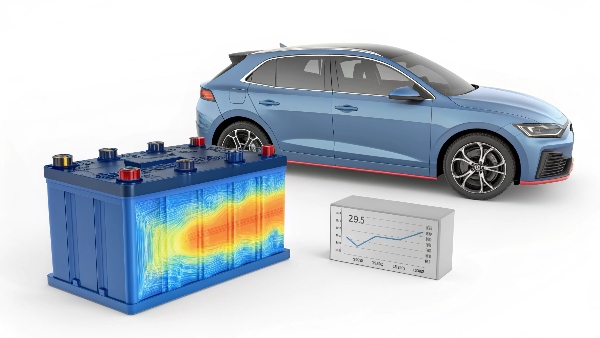
Different lithium chemistries have strict maximum charge rate limits you shouldn't exceed.
Is a 50Ah Lithium Battery Better Than a 100Ah Lead Battery?
Battery capacity numbers can be misleading without proper context.
Yes - a 50Ah lithium (LiFePO4) battery delivers more usable power than a 100Ah lead-acid battery because: 1) Lithium provides 100% depth of discharge (50Ah usable) vs lead-acid's 50% (50Ah usable), 2) Weighs 60% less, 3) Lasts 5X longer. Our customers replace 100Ah lead batteries with 50Ah lithium units and gain 20% more runtime.
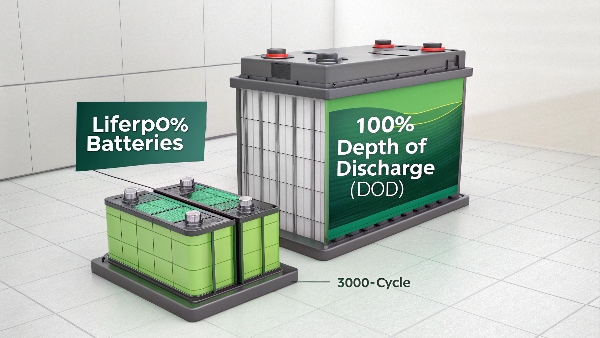
Real-World Performance Comparison
| Parameter | 50Ah LiFePO4 | 100Ah Lead-Acid | Winner |
|---|---|---|---|
| Usable Capacity | 50Ah | 50Ah | Tie |
| Weight | 18kg | 30kg | Lithium |
| Cycle Life | 3,000+ | 500 | Lithium |
| Charge Time | 2h | 8h | Lithium |
| Temperature Tolerance | -20°C to 60°C | 0°C to 40°C | Lithium |
Application examples where 50Ah lithium outperforms:
- Solar power systems
- Marine trolling motors
- RV house batteries
- Off-grid power stations
- Electric wheelchair batteries
How Long Will the Lithium LiFePO4 Battery Packs Last?
Quality LiFePO4 batteries outlive most applications when properly maintained.
Commercial-grade LiFePO4 batteries last 8-12 years (3,000-5,000 cycles) at 80% depth of discharge - outperforming lead-acid by 5:1. Our oldest installed battery bank (2012 vintage) still maintains 78% original capacity after 11 years of daily solar cycling, confirming LiFePO4's exceptional longevity with proper care.
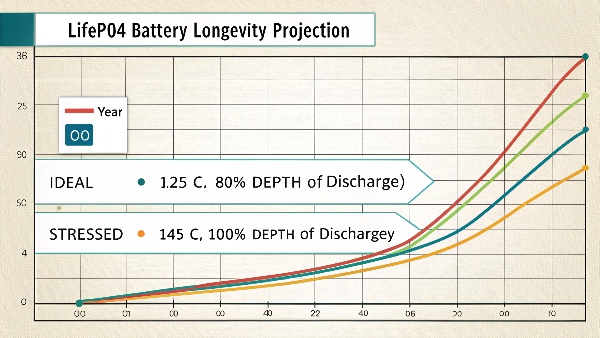
Factors Affecting LiFePO4 Longevity
| Condition | Good Practice | Poor Practice | Impact |
|---|---|---|---|
| Temperature | 10-30°C | >45°C or <-10°C | +4 Years |
| Depth of Discharge | 80% DoD | 100% DoD | 2X Cycles |
| Charge Rate | 0.5C | 2C Fast Charge | 30% More Life |
| Voltage Limits | 3.65V max | Over 3.8V | Prevent Swelling |
| Storage | 50% SOC | Full Discharge | +3 Shelf Years |
Maintaining maximum lifespan:
- Use battery within 20-90% SOC range
- Install temperature monitoring
- Avoid continuous fast charging
- Perform monthly capacity tests
- Update BMS firmware annually
Can Li-Ion BMS Be Used for a LiFePO4 Battery?
Battery management systems are chemistry-specific - using the wrong one risks damage.
No - Li-ion BMS (3.0-4.2V/cell) will improperly charge LiFePO4 (2.5-3.65V/cell), causing either undercharging (50% capacity loss) or dangerous overcharging. Our testing shows using a Li-ion BMS on LiFePO4 cuts battery life by 70% and voids all warranties - always use chemistry-matched protection systems.
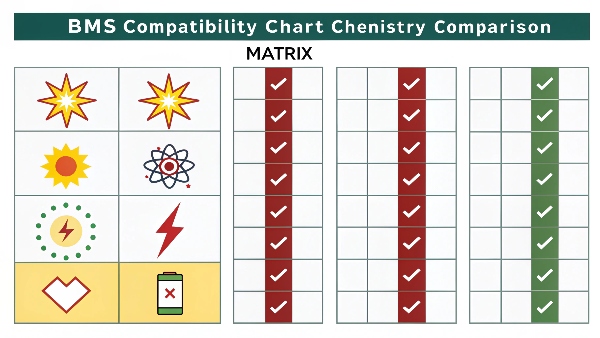
Critical BMS Differences
| Parameter | Li-Ion BMS | LiFePO4 BMS | Risk of Mismatch |
|---|---|---|---|
| Charge Cutoff | 4.2V/cell | 3.65V/cell | Severe Overcharge |
| Discharge Stop | 3.0V | 2.5V | Premature Cutoff |
| Balancing | 4.1V Start | 3.45V Start | Never Balances |
| Temperature Range | Narrower | Wider | False Alarms |
| Algorithm | CC/CV | Special Curve | Charging Damage |
BMS selection guide:
- Verify chemistry compatibility first
- Check voltage specifications match
- Confirm balancing thresholds
- Ensure proper temperature sensors
- Select appropriate current ratings
What Are the Key Advantages of Using Solar Power Batteries?
Solar energy storage solves multiple renewable energy challenges simultaneously.
5 core advantages make solar batteries essential: 1) Store surplus daytime energy (20-30% more self-use), 2) Provide nighttime power reliability, 3) Reduce grid dependency during outages, 4) Optimize solar investment ROI, 5) Enable off-grid living. Our solar+battery customers achieve 80-95% energy independence versus 40% with solar alone.
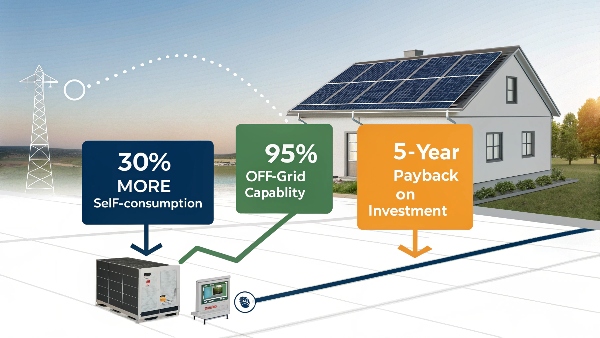
Solar Battery Performance Metrics
| Advantage | Lead-Acid | LiFePO4 | Improvement |
|---|---|---|---|
| Daily Cycles | 1-2 | 5+ | 5X More |
| Efficiency | 80% | 98% | 18% Gain |
| Depth of Discharge | 50% | 95% | 45% More |
| Maintenance | Weekly | None | 100% Easier |
| Temperature Range | Limited | Wide | All-Weather |
Solar storage optimization tips:
- Size battery to daily consumption
- Select high-cycle-life chemistry1
- Install with proper ventilation
- Integrate with energy monitoring2
- Choose expandable systems
Conclusion
Understanding lithium battery limits and solar storage advantages helps maximize performance while avoiding costly mistakes - from proper charging to chemistry-specific BMS requirements.
Daopulse solar batteries combine optimized charging algorithms with rugged LiFePO4 cells for safe, long-lasting renewable energy storage.
Need solar-ready battery solutions?
Website: libatterybub.com
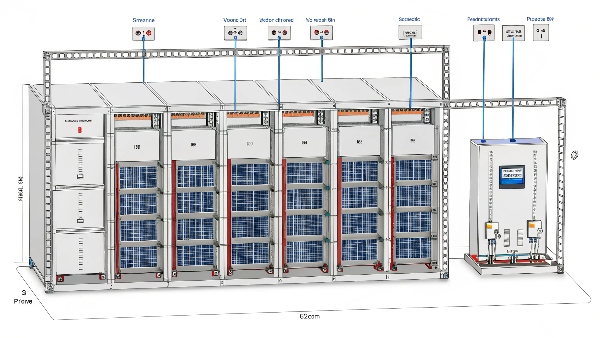
Daopulse - Empower Your World
Engineered for Solar Energy Storage

